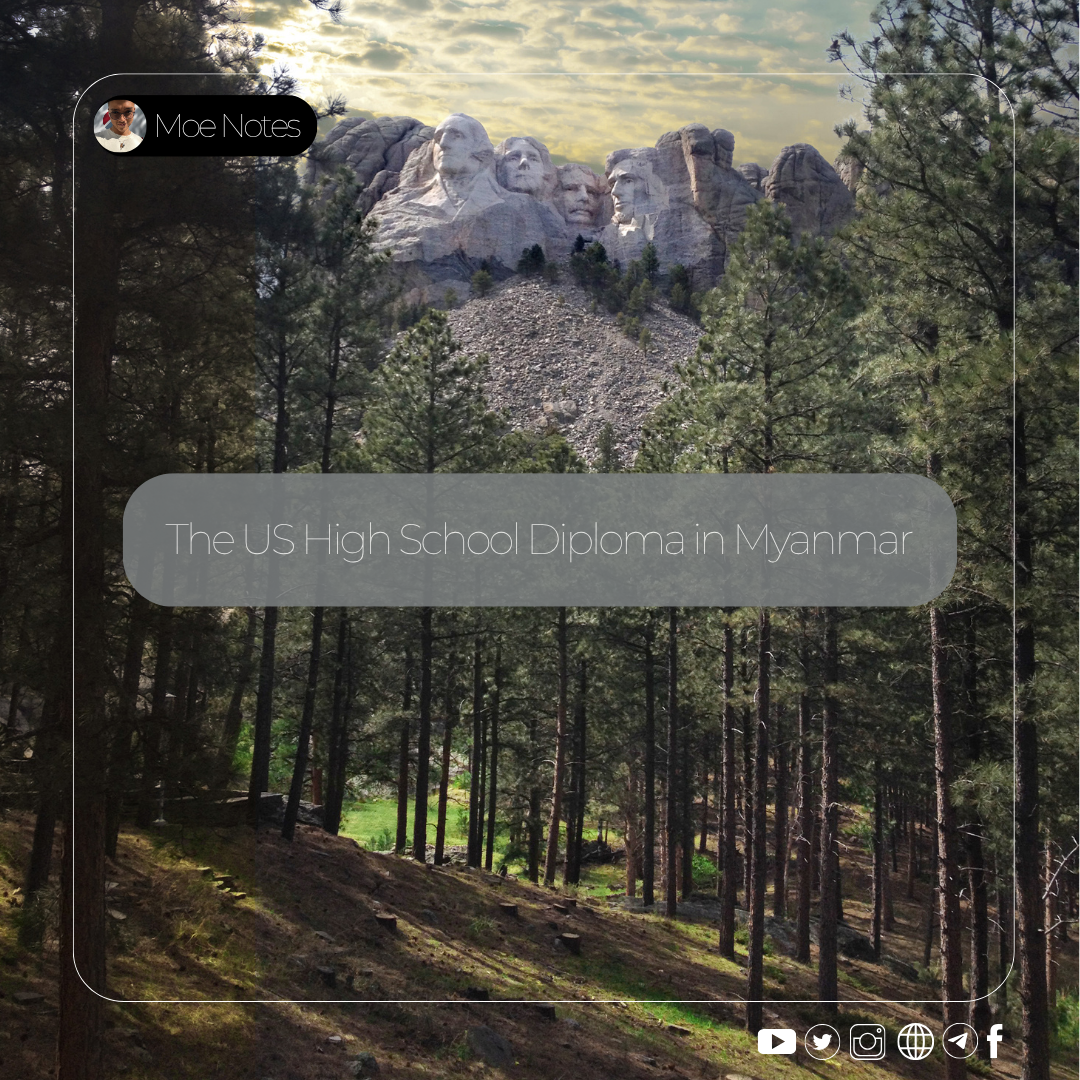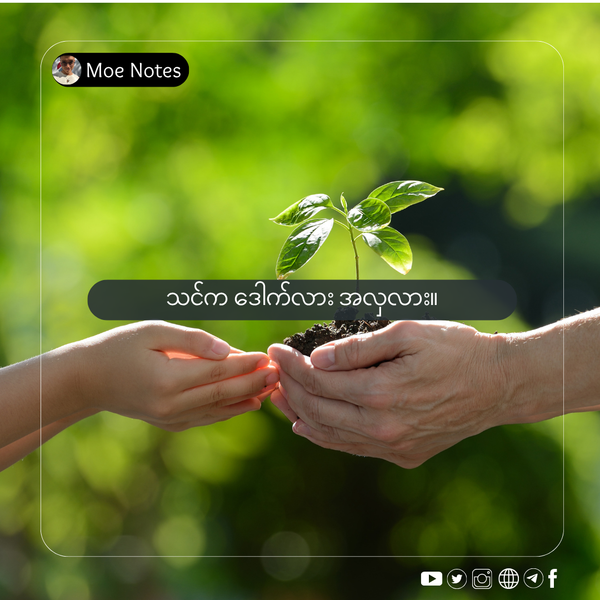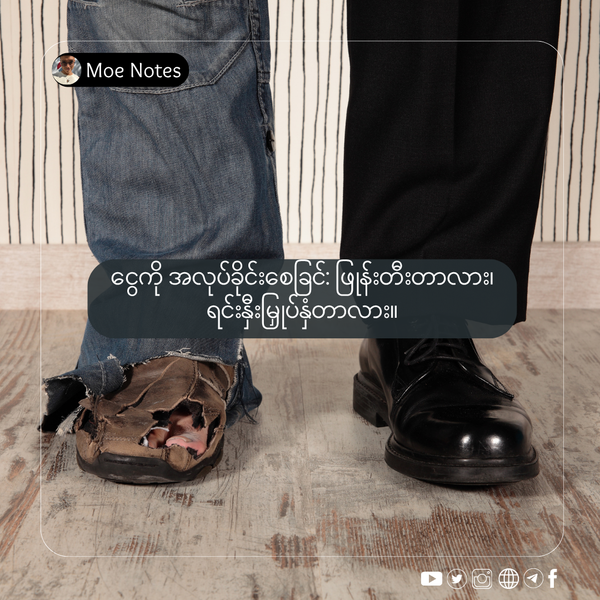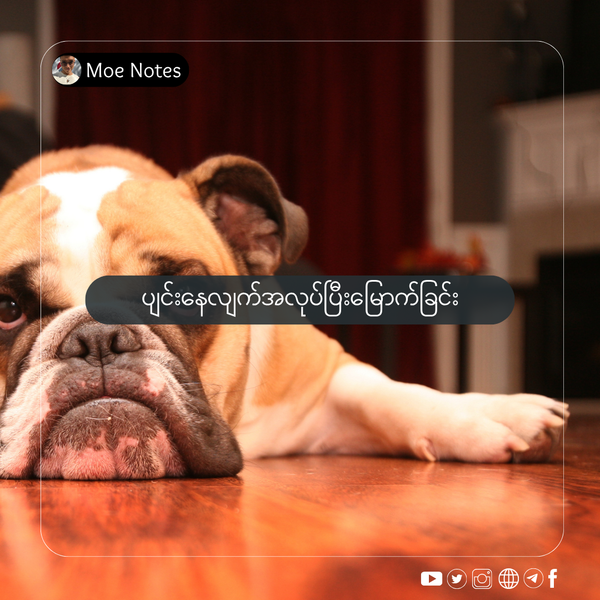The US High School Diploma in Myanmar

This article is also available in [Burmese]
"What is the US Diploma? Who can join? How long does it take? Is it hard? And where can it take you?"
The A-Level is widely known as a high school diploma that allows direct entry into the first year of top universities worldwide. But as students weigh their options, they must consider the qualifications they have, the countries they can go to, the costs, and the preparation time. Two of my friends used the US High School Diploma to get into highly-ranked universities in Canada and Thailand. Let's call them "Thu Thu" and "Thida."
Part 1: Deconstructing the US High School Diploma
What is the US High School Diploma and what is it for?
It is a diploma earned by completing a set number of credits, typically around 25. When combined with the SAT, it is a very effective pathway for applying to colleges and universities in the US. If you add Advanced Placement (AP) courses, it can also open doors to countries in Europe.
- Fact Check: Advanced Placement (AP) is a program administered by the College Board (the same organization that runs the SAT). AP courses consist of college-level curricula and exams. Earning a high score is a way to demonstrate advanced academic ability to top universities.
Who Can Join and How Long Does It Take?
Like most international schools, the program is credit-based. A student from the Myanmar government school system might receive fewer credits for their prior learning than a student from an international school, meaning they will have to take more courses to catch up. For an IGCSE O-Level graduate, it might only take about a year.
- "Thu Thu's" Experience: "I joined with a 9th Grade (old system) completion certificate. It took me about 1.5 years to earn the credits I needed. Including the university application time, I was able to start my first year at an overseas university within about two years."
Part 2: The Student Experience - What It's Really Like
The teaching is done in both English and Burmese. Even for a student who was a high achiever in the Myanmar system, the transition can be difficult at first because the teaching system is completely different. Instead of the passive, lecture-based style of Myanmar schools, this system uses a Hybrid Teaching model where teachers and students collaborate.
However, the quality of teaching can vary greatly. Some teachers are excellent, while others may use questionable methods, such as testing students on material that was never taught in class. It is important to be aware of this potential inconsistency.
Part 3: The Essential Add-Ons - A Deep Dive into SAT and AP
The SAT Explained: Your Key to US Universities
The SAT is essentially an English and Maths qualification test required for US university admissions.
- Scoring: The maximum score is 1600. A score of around 1000-1100 is considered average.
- Format: The test is now a digital test taken on a computer at an official test centre. It is entirely multiple-choice.
- Content:
- Reading & Writing: Involves analyzing passages, charts, and tables.
- Maths: Covers Algebra, Advanced Math, Problem-Solving & Data Analysis, Geometry, and Trigonometry.
- Preparation: With dedicated study, 6 months is generally enough time to prepare.
The AP Exam: A Strategic Choice for Top Universities
Even with a US High School Diploma, some top universities will require you to have specific scores in certain AP courses. You should only consider taking AP courses if you are academically strong, have plenty of time, and are aiming for a very competitive university that requires it. For most students aiming for non-US universities, the extra time and effort are not worth the hassle.
Part 4: Final Verdict and Practical Tips
Which Countries Accept the US Diploma?
Most countries accept it, but there are conditions. It is most directly applicable to the US and Canada. For Europe, you may need to supplement it with specific AP courses. For Thailand, the GED is often a simpler route.
A Critical Reality Check: The US Visa Problem and Better Alternatives
This is the most important factor to consider right now.
- The Visa Issue: While this diploma is primarily designed for US university entry, it's crucial to face a harsh reality: obtaining a US student visa is currently practically impossible for most applicants from Myanmar. The refusal rate is extremely high, making the US an unviable destination for the foreseeable future.
- The OSSD Comparison: Given this situation, the OSSD (the Canadian diploma) becomes a much more logical choice for many. The OSSD is comparable in cost and duration (typically one year after O-Levels) but leads to Canada, a country with a more accessible and predictable visa process for Burmese students. Pursuing a US-centric diploma when you cannot enter the US makes little strategic sense.
An Important Distinction: US Diploma vs. "2+2" University Programs
It's important not to confuse the US High School Diploma (a Grade 12 equivalent) with "2+2" university transfer programs (where you study the first two years of a US Bachelor's degree in Yangon).
- Fact Check: These 2+2 programs are also facing immense struggles. Many students are finding it difficult to secure visas to transfer to the US for their final two years. Even for those who do get a visa, there's a significant and well-documented risk that the US university will not accept all of their credits. This often forces them to start at a lower grade (e.g., repeating Year 2), costing them an extra year of time and tens of thousands of dollars in tuition fees.
Actionable Tips for Success
- Maintain a high GPA. This is often the most important factor for university admissions.
- Start early. If you can switch into this system from Grade 9 (around age 13-14), the transition is much smoother.
- Remember: The SAT is an admissions test, not a diploma. It must be paired with a full high school qualification.



